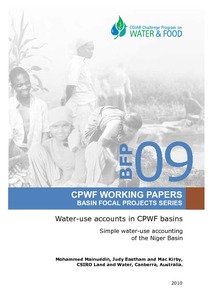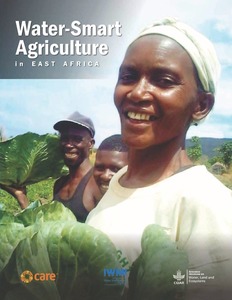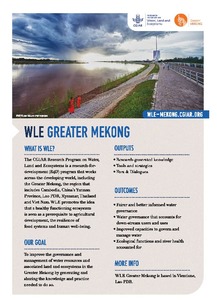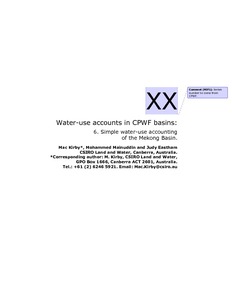Working together for impact
Despite challenges in many river
basins, overall the planet has
enough water to meet the full range
of peoples’ and ecosystems’ needs
for the foreseeable future, but
equity will only be achieved through
judicious and creative management.








